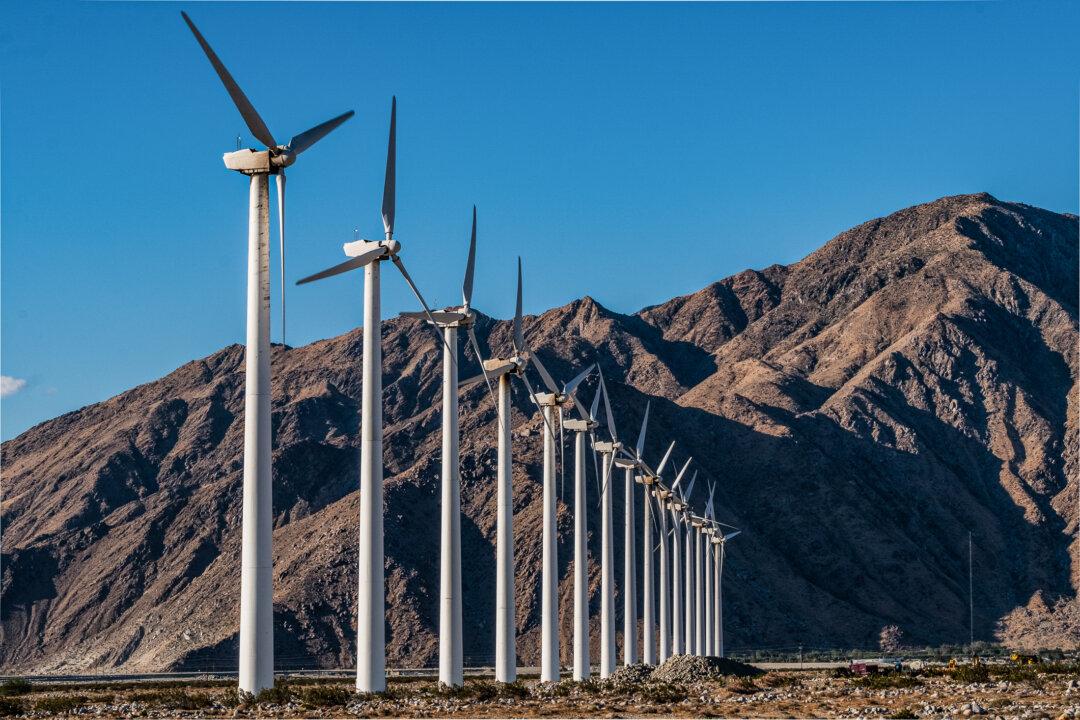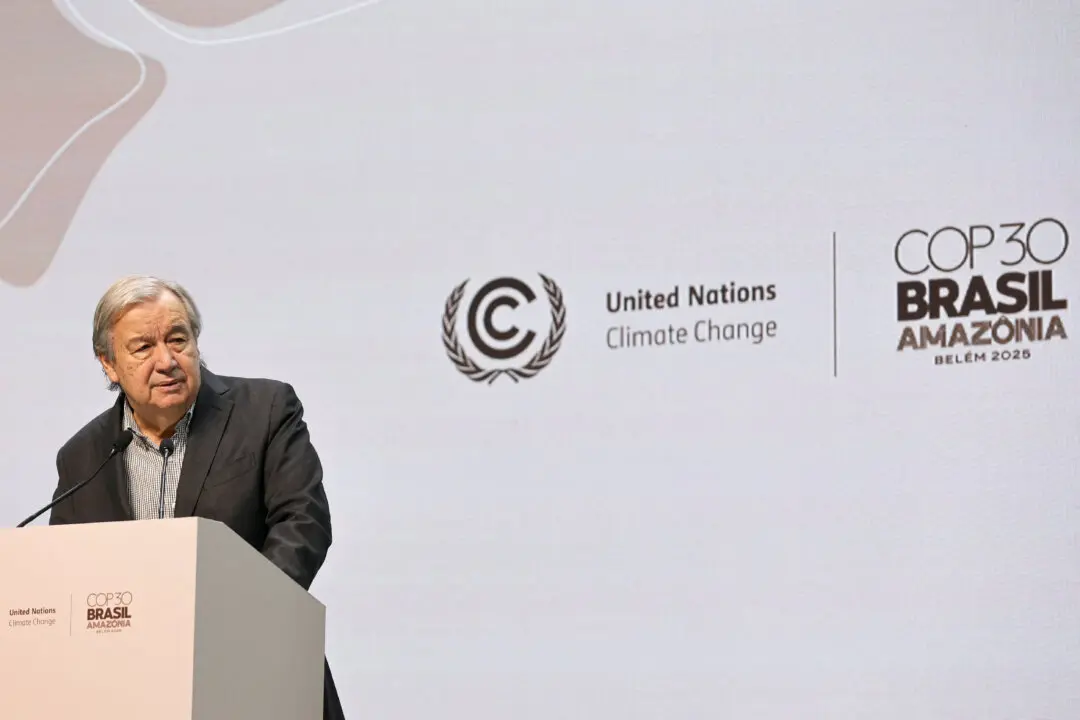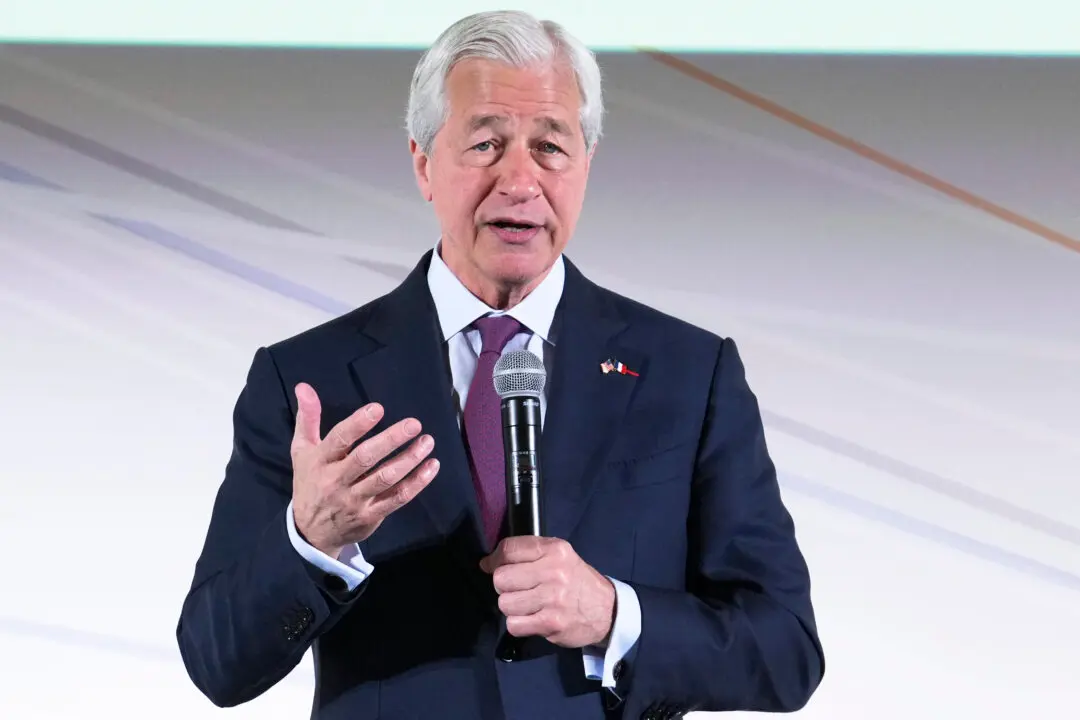Several independent electricity operators jointly testified to the EPA last week that the agency’s proposed new emissions rules could cause America’s electric grid to become unreliable.
In an Aug. 8 statement, a group of Independent Systems Operators and Regional Transmission Organizations (“Joint ISOs/RTOs") wrote that the EPA’s proposed emissions regulations “have the potential to materially and adversely impact electric reliability.”





